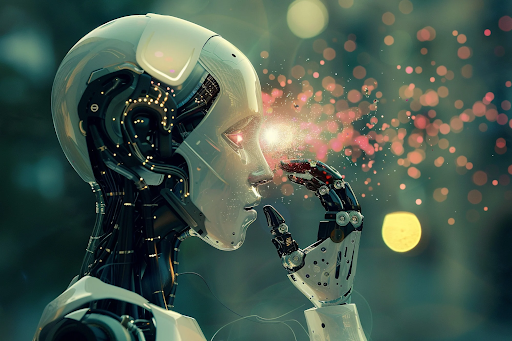Graphene can used in a most futuristic artificial gravity.
Theoretically is possible to create spacecraft that act like SciFi movie spacecraft. Normally, we think that only spinning spacecraft can form artificial gravity. But it's possible, that using a graphene net and particles. Trapped in that graphene net the system can create the artificial gravity that makes the SciFi spacecraft's true. The idea is that the system pumps energy to those particles using that graphene network.
When a particle's energy level rises, its mass also rises. The system must create the Earth mass in that graphene network, and that system can create the SciFi spacecraft's true. Those flat spacecraft can travel in the solar system but the stars are a little bit too far. If the spacecraft can create this kind of artificial gravity, it will be the biggest thing in history.
Another thing is radiation. Cosmic radiation is one of the most devastating things in the world. The system can use the protective liquid hydrogen layer to protect the crew against that threat.
The drone spacecraft may fly at the sides of the manned spacecraft. And they pull negative and positive particles to them. That decreases the particle radiation effect on the crew. The major thing is that space is a very hostile place. And space is full of dangers. The plasma eruption from the sun is one of the biggest threats to humans.
If we think about Mars crafts there must be some kind of system like magnets that drive the plasma away from the craft. Especially, when craft travels back from Mars. The impact speed with those particles increases. Those particles impact the crew module. And there must be some system. That can turn those plasma particles away from the crew.
The Medusa spacecraft engine will intensify the nuclear pulse propulsion.
The engine systems that the spacecraft uses can be Orion-type nuclear detonation engines. The craft can also equipped with a solar sail that increases the ability to benefit the nuclear detonations. The nuclear pulse propulsion would be the main engine system.
The main propulsion of that system could be the small-size neutron bombs that increase its power. The system called Medusa drive also can use a large shield there are the cells of the uranium, plutonium, or some other radioactive material. The system can shoot laser rays into those cells. And that makes it easier to adjust and control the drive. In some models.
This theoretical system can used as a brake rocket. Anyway, if the pulsed nuclear engine is also a brake rocket the system must pull a big sail, which makes the nuclear system slow the speed. Or the nuclear detonators must detonated at the front of the craft.
In that case, the rocket requires sheld. The shield and its radioactive material can used to adjust the craft's trajectory. In that case, the laser shoots to shield. And that makes the nuclear fission happen in that shield.
There is another drone spacecraft that travels forward of the spacecraft. That drone can shoot laser rays to the shield. which makes the nuclear system able to slow the craft. Front-shooting lasers can also aim using a mirror that is on the long mast. The Medusa system can used as a brake rocket. As well as it's a more effective way to benefit the nuclear pulse propulsion.
In some versions, the hydrogen ice is in that kind of shield. When a laser shoots that shield, the hydrogen vaporizes, and then that system can used to change the satellite's trajectory.
https://en.wikipedia.org/wiki/Nuclear_pulse_propulsion
https://qauntuminteractions.wixsite.com/writings/post/the-most-futuristic-version-of-artificial-gravity-and-medusa-engine-anatomy-of-future-spacecraft








